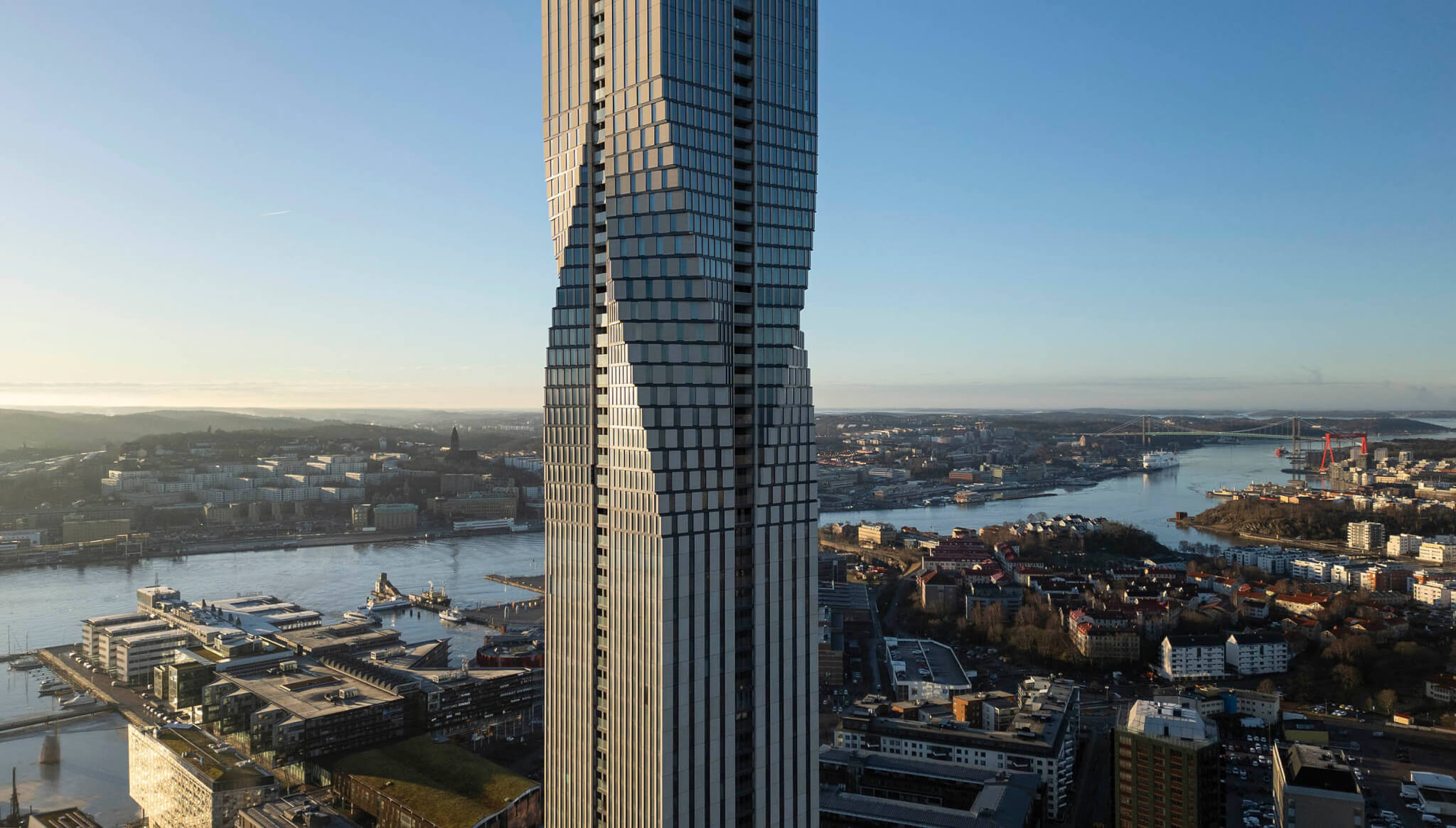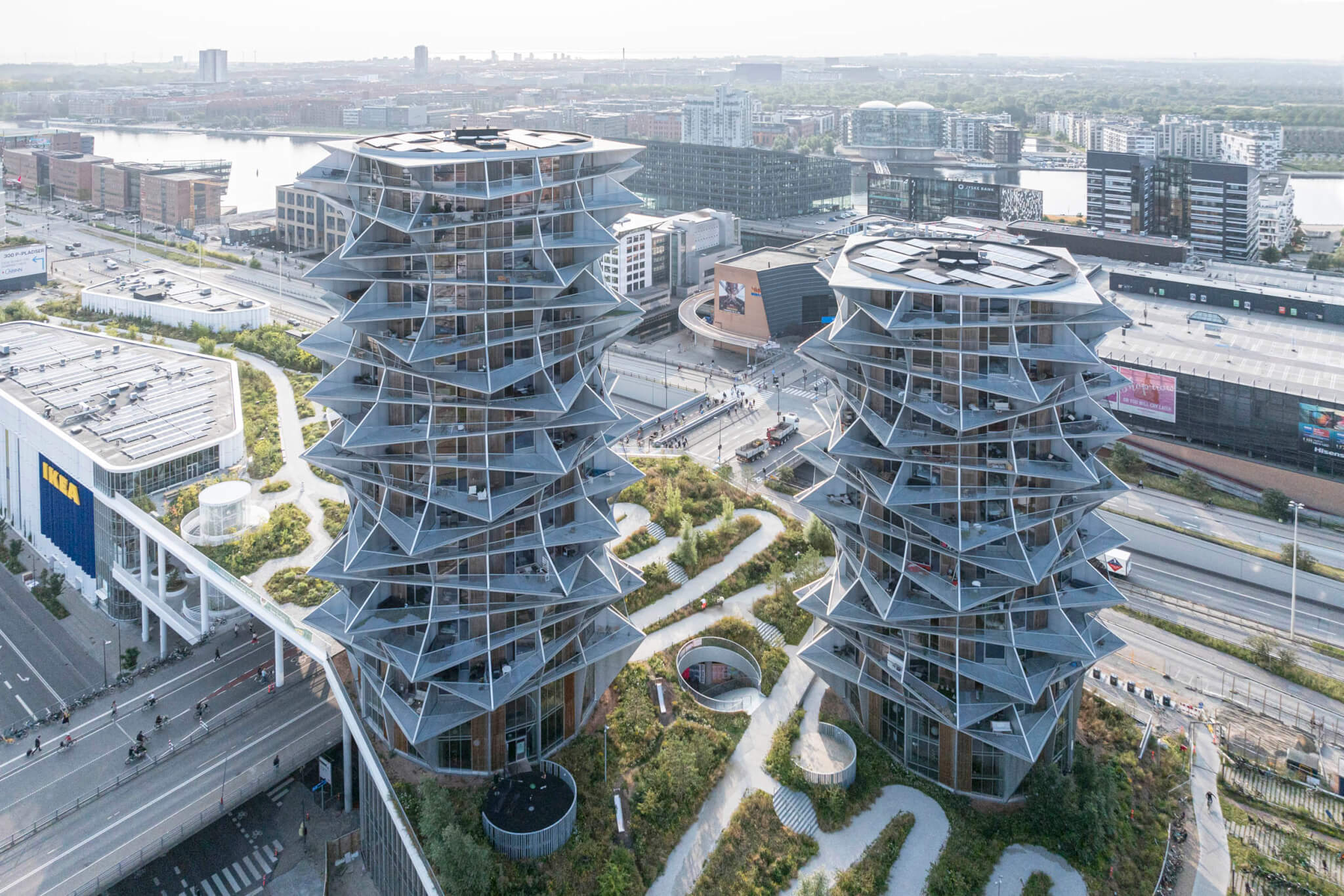-
Facades+ visits San Francisco on January 22
On January 22, the Facades+ conference series returns to San Francisco with an exciting program developed in collaboration with EHDD. The event will take place at the Holiday Inn Golden Gateway, where attendees are also encouraged to explore the Methods + Materials gallery featuring 33 exhibiting building product companies.
-

AN shares top facades covered in 2025
-

Perkins&Will shades Museum House with sliding metal panels that depict imagery from the Frye Art Museum
-

Facades+ returns to Los Angeles on December 11 and 12
-

C3D Architecture’s 989 Sixth Avenue integrates curved, overlapping curtain wall assemblies with advanced fire and mechanical systems
-

Ennead Architects clads Central Park’s Delacorte Theater with reclaimed redwood from New York City water towers
-

At Facades+ Boston, All Things Facades talks energy codes with Alejandra Menchaca, founding principal of AIRLIT Studio
-

At Facades+ Toronto, AEC experts discuss innovations in prefabrication and modular timber design
-

Facades+ returns to Boston on October 17
-

Handel Architects armors Boston’s new Life Sciences Center at 2 Harbor with oversized folded panels
-

SOM alters the Gothenburg skyline with Karlatornet—Scandinavia’s tallest tower and pixelated icon
-

At Facades+ Chicago, AEC experts weigh in on carbon, tariffs, and emerging workflows
-

CannonDesign blurs undulations of opaque and transparent glass at UW–Milwaukee’s new Chemistry Building
-

Facades+ returns to Toronto on September 26
-

BIG alternates balcony types to form the jagged, illusory Kaktus Towers in Copenhagen
-

OMA’s JOMOO Headquarters flexes white ceramic stripes angled in different directions
-

Facades+ returns to Chicago on September 12
-

Miller Hull clads the main floors of the Consulate General Guadalajara in glass to inspire an inviting visitor experience
-

Facades+ brings dynamic programs to five cities this fall
